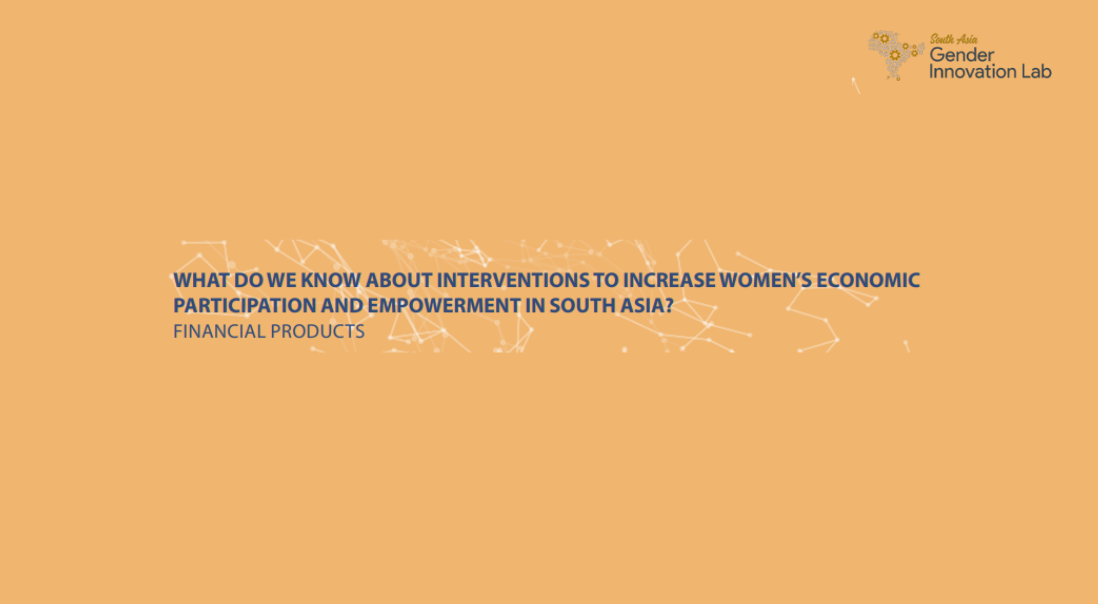Greater Bay Area drives China's new economy
The global economy continues to face challenges from lingering inflation and stagnant growth, but it’s also in the process of rebuilding from Covid and is gaining fresh momentum, particularly in China and its Greater Bay Area (GBA).
The imbalance between supply and demand has become a catalyst for industrial adjustment, supply chain restructuring and the acceleration of the digital economy. This is leading to a new round of technological and industrial transformation, resulting in a new driving force for the global economy.
China is a good example of this transformation. The digital economy, green and low-carbon industries, and the emergence of a new middle class in the mainland have become a new driving force for economic growth. The GBA, which covers Guangdong, Hong Kong and Macao, is taking on the key role as a forerunner to the rest of mainland China.
The Covid-19 pandemic dealt a serious blow to China's consumption, investment and exports. Coupled with the challenges of an ageing population and climate crisis, its economy grew by just three per cent last year – the second-lowest annual GDP growth in 40 years.
These issues did not all stem from the pandemic. From 2010 to 2019, China’s economic growth had been on a downward trend, with an average annual decline of 0.33 percentage points during the period. This highlights the urgency for structural changes to China’s economy.
Fortunately, the digital economy has cultivated new industries, technologies, infrastructure, and consumption, creating a new engine of growth for China’s future economic development. Between 2012 and 2021, the value of China’s digital economy quadrupled from 11 trillion yuan to more than 45.5 trillion yuan, while its share of GDP increased from 22 to 40 per cent.
Now, with China opening up its borders, the country is poised for accelerated growth. Mainland residents have accumulated about 6.55 trillion yuan in savings during the pandemic period – about 5.4 per cent of nominal GDP – that can be unwound to support pent up demand this year.
HSBC Global Research has forecast China's GDP growth to reach 5.6 per cent this year. The recovery will likely be led by a rebound in service consumption, with tourism, entertainment, and catering industries to be major beneficiaries.
In December last year, the Central Economic Work Conference prioritised stabilising growth for 2023 and pledged to increase household income, support housing improvements, new energy vehicles, elderly care services and other forms of consumption. More policy support can be expected to lift consumption, which should spur a recovery in retail sales and consumption to pre-pandemic growth levels.

The GBA’s economy was not immune to the pandemic, with the real estate and service sectors hit particularly hard. However, with a population of 87 million and occupying less than one per cent of the land area, the GBA accounts for 35 per cent of exports and 11 per cent of the combined GDP of mainland China, Hong Kong and Macau. With this huge economic potential, we believe that the region should see a major bounce in business activity as mainland China reopens.
The development of the GBA over the past five years has clearly demonstrated that moving up the value chain is not only key to economic restructuring, but also a source of growth.
Taking Guangdong as an example – the advanced manufacturing sector grew by more than six per cent last year. In the first 11 months of the year, the growth of the automotive, lithium-ion battery (LIB) and photovoltaic production industries was even more rapid, helping to offset the weak performance of the low-end consumer goods manufacturing sector and the more energy-consuming industries.
For example, new energy vehicle manufacturing industries in Guangzhou, Shenzhen and Foshan have boosted the production of new materials and key components in areas like Dongguan, Zhongshan, Huizhou and Zhaoqing.
The underlying trend is that the GBA is transforming China into more of an exporter than importer of intermediate goods used by manufacturers elsewhere as it moves up the value chain, helping to strengthen the trade cooperation between mainland China and ASEAN countries. It’s also crucial to the restructuring of Asian industries and supply chains.
Financial services focal point
The financial services sector is also set to become a focal point for growth in the region. The resumption of quarantine-free travel between Hong Kong and the mainland is accelerating the economic integration of the GBA and boosting its economic growth.
In Hong Kong and Macao, the normalisation of cross-boundary travel is providing a much-needed lift to retail sales, which are likely to grow by 20 per cent this year. Meanwhile, demand for cross-boundary financial services, such as account opening, mobile payments and wealth management services, and interest in cross-boundary investment will also increase.
Since 2020, guidelines to support the financial development of the GBA were released by the People’s Bank of China, China Banking and Insurance Regulatory Commission, China Securities Regulatory Commission and State Administration of Foreign Exchange.
A number of measures have been launched, including promoting the cross-boundary use of RMB, the issuance of RMB bonds by the Guangdong Provincial Government in Hong Kong and Macao, and investments in innovation and technology companies by private equity funds.
We are confident that local governments will step up their efforts in implementing these measures this year, and hope that authorities continue to improve policies to facilitate the healthy development of the financing ecosystem for innovation and technology companies.
Green bond boost
One area of great importance is green finance. The development of this sector in the GBA plays a key role in facilitating China’s efforts towards low- or zero-carbon emissions.
In the past five years, green bond issuance in mainland China has grown at an average rate of around 40 per cent per year, making it the second largest issuing country of the world in 2021 after the United States. In the GBA, Guangdong-based enterprises have already issued more than $5 billion of green bonds in Hong Kong and Macau, and the Shenzhen government issued a total of 5 billion yuan green and blue bonds in Hong Kong in 2022.
The demand for investment and financing for green projects in the GBA is set to grow in the future, which reflects the urgency of aligning its local rules with international standards. With reference to the Common Ground Taxonomy and taking account of local market needs and other factors, Hong Kong is establishing a green classification framework suitable for its role as an international financial centre.
All these signs are showing that China will emerge well from the pandemic and embrace a robust economic rebound, while the GBA will drive healthy and quality growth for the whole country with its enormous potential.






















































First, please LoginComment After ~